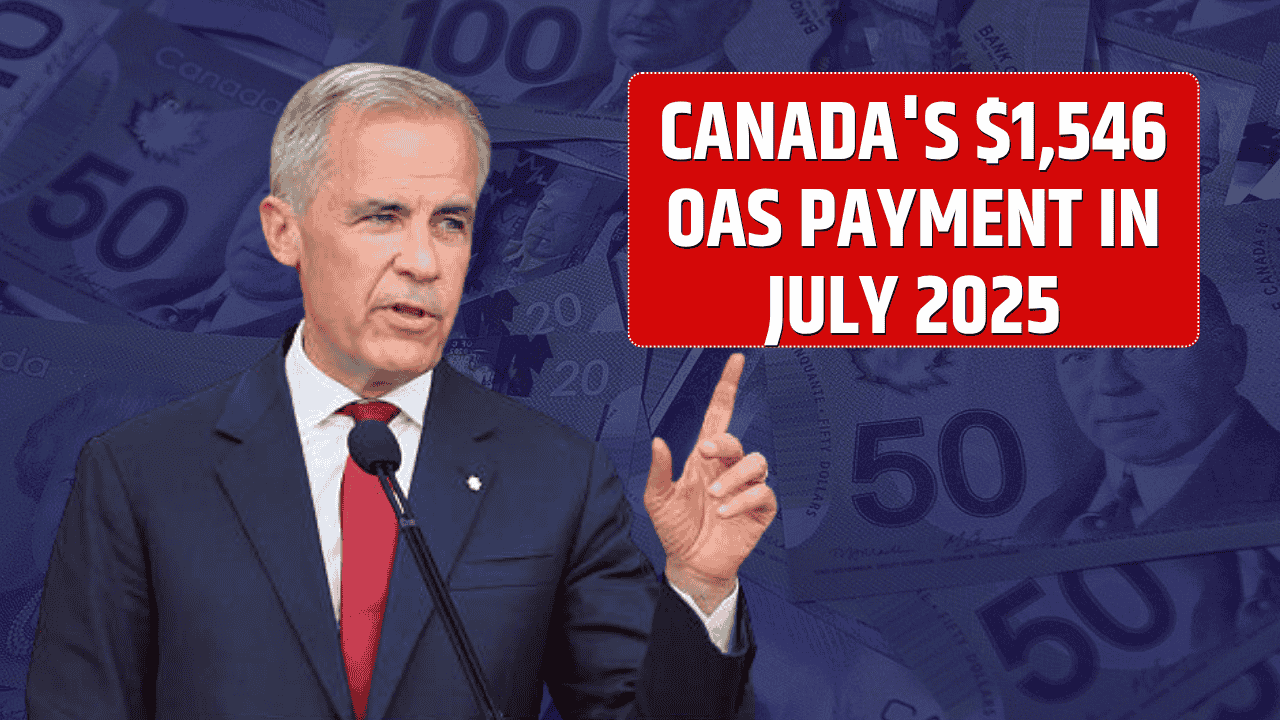A new proposal from Senator JD Vance is sparking attention in households across the U.S.—a plan to increase the Child Tax Credit (CTC) from $2,000 to $5,000 per qualifying child. This potential change could bring major relief to millions of families navigating rising living costs. While the proposal has not yet been signed into law, it’s gaining traction and could reshape how families plan their finances. Here’s everything you need to know about what this could mean for you.
Table of Contents
Overview
| Feature | Details |
|---|---|
| Proposed Amount | $5,000 per child |
| Current Amount | $2,000 per child |
| Income Limits | Proposal suggests removing existing caps |
| Refundability | Potential full refundability under discussion |
| Estimated Cost | $2 to $3 trillion over 10 years |
| Status | Still in proposal stage, not yet law |
| Implementation Timeline | Unknown, subject to Congressional approval |
| Official Source | IRS Child Tax Credit Information |
What Is the Child Tax Credit?
The Child Tax Credit is a benefit for taxpayers with dependent children. It reduces your income tax bill or gives you a refund depending on your income, number of children, and eligibility. Currently, families can claim up to $2,000 per child under age 17. A portion of it—up to $1,600—is refundable, meaning you can get it even if you owe little or no federal income tax.
What Does JD Vance’s Proposal Include?
Senator JD Vance’s proposal would more than double the CTC, bringing the total to $5,000 per child. This initiative is designed to ease the burden of rising childcare and household expenses.
Key Features of the Proposal
- Higher Benefit: Increase the credit to $5,000 per qualifying child.
- Wider Access: Remove the current income limits that phase out benefits at $200,000 (single) and $400,000 (joint).
- Full Refundability: Make the entire credit available to low-income families regardless of their tax liability.
How Would This Affect You?
Let’s say you’re a parent with two children. Under current rules, you may receive up to $4,000 total. If the Vance proposal becomes law, you could receive $10,000—more than double the current support.
Families could use these funds to:
- Offset daycare and preschool costs
- Pay for groceries and essentials
- Cover rising healthcare and utility bills
- Save for education or emergencies
Example Scenario
A single parent earning $45,000 with two children may only receive about $3,200 under current rules due to partial refundability. Under the new proposal, they could qualify for a full $10,000—enough to make a significant difference in day-to-day budgeting.
Broader Economic Impact
The proposal could cost between $2 and $3 trillion over 10 years depending on its final structure. This brings up some important questions:
- Will the plan be funded through deficit spending or by cutting other programs?
- Could this lead to higher inflation or long-term budget issues?
- Will removing income limits benefit the wealthiest unnecessarily?
Still, many economists agree that expanding the CTC has real benefits. The 2021 CTC expansion helped lift more than 2 million children out of poverty, according to U.S. Census Bureau data. Supporters argue that this kind of direct support leads to better health, education, and economic outcomes for kids.
Will It Become Law?
Though Senator Vance is a Republican, the idea of increasing the CTC has gained support on both sides of the aisle. Democrats previously expanded it during the pandemic, and some Republicans have voiced support for boosting family tax benefits.
However, the proposal still faces major hurdles:
- It must pass both chambers of Congress
- Lawmakers need to agree on refundability and income limits
- Funding methods must be negotiated
Until it clears these steps, the $5,000 credit remains an idea, not a guarantee.
What You Can Do Now
Even though the law hasn’t passed, here are some practical tips to stay prepared:
- Stay informed: Follow IRS news, tax policy updates, and official government websites.
- Speak with a tax professional: They can help assess how your taxes may change if the credit expands.
- Plan but don’t rely: Don’t base your 2025 budget on this proposal just yet, but be ready to adjust.
- Track Congressional progress: If this gains traction, the IRS will announce timelines and eligibility criteria.
FAQs
What is the proposed Child Tax Credit amount?
The proposal suggests increasing the credit to $5,000 per child.
Is the $5,000 credit law yet?
No, it’s still in the proposal stage and not yet passed by Congress.
Who benefits from the proposed change?
Families with children, including those with low or no tax liability.
Will high-income families qualify?
Yes, the proposal removes existing income caps.
When could the new credit begin?
Implementation depends on Congressional approval; no timeline yet.


























